The Evolution of PlayStation Graphics: A Journey Through the Generations
4 February 2025
Have you ever paused your game, sat back, and just marveled at how far gaming graphics have come? It’s like comparing a stick-figure drawing to the Mona Lisa. PlayStation has been at the forefront of this visual revolution, pushing the boundaries of what’s possible with every new console. From those pixelated beginnings to lifelike visuals that could fool your grandma into thinking you’re watching a movie, the journey of PlayStation’s graphics evolution is nothing short of awe-inspiring. Let’s dive into how each generation transformed the way we see and experience games.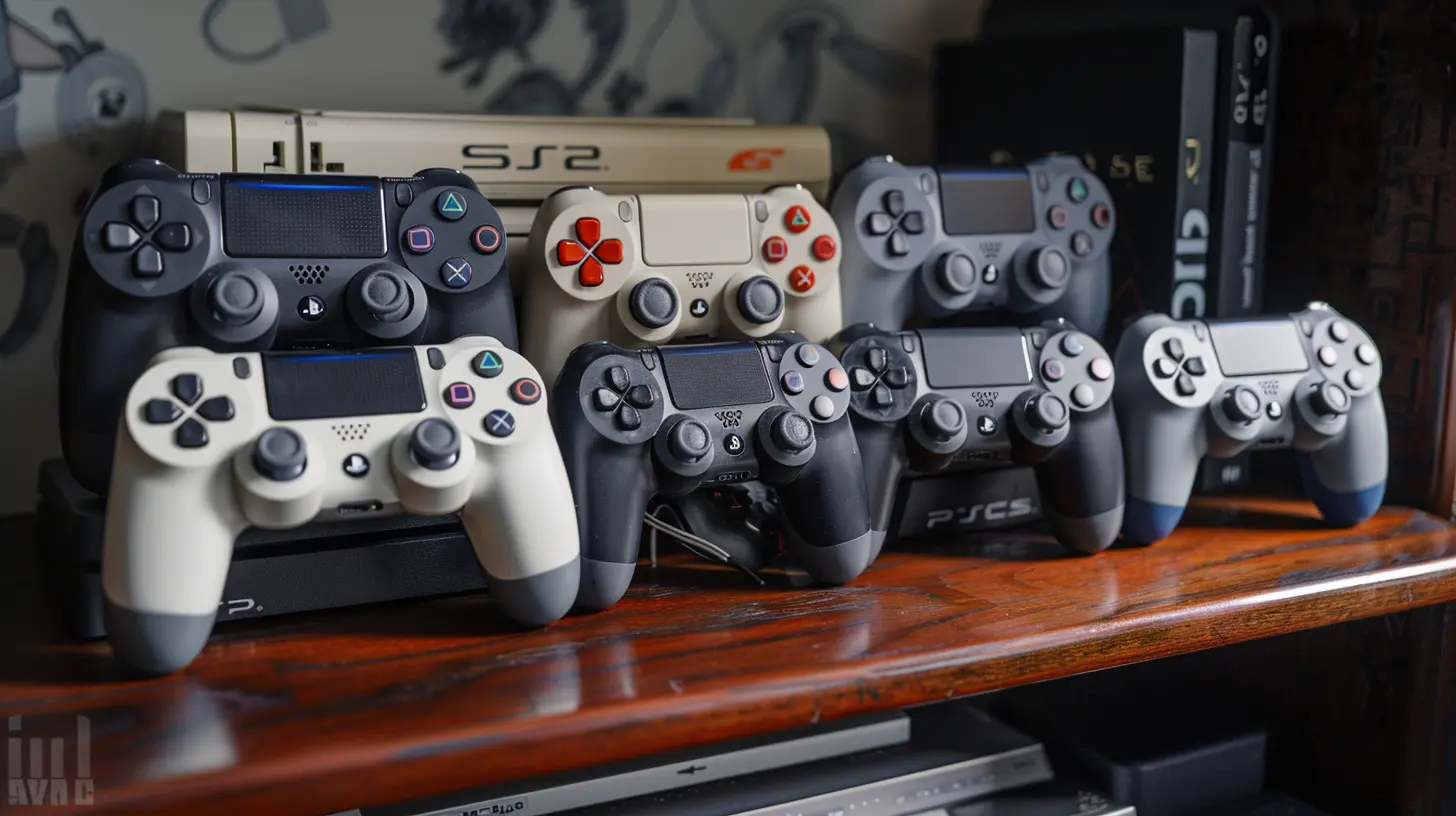
PlayStation 1: Where It All Began
Ah, the PS1. The beloved grey box that started it all. This was the console that took gaming from 2D to 3D and made our jaws drop in the '90s. Prior to its release, most of us were used to the flat sprites of 16-bit consoles like the SNES. But then PlayStation came along and said, "Hold my memory card."The polygonal graphics on the PS1 were revolutionary for their time. Games like Final Fantasy VII, Crash Bandicoot, and Metal Gear Solid showed us what 3D worlds could look like. Sure, by today’s standards, those blocky characters and blurry textures seem primitive (remember Cloud's blocky hands?), but back then? It was like stepping into the future. It wasn’t perfect, but it set the stage for what was to come.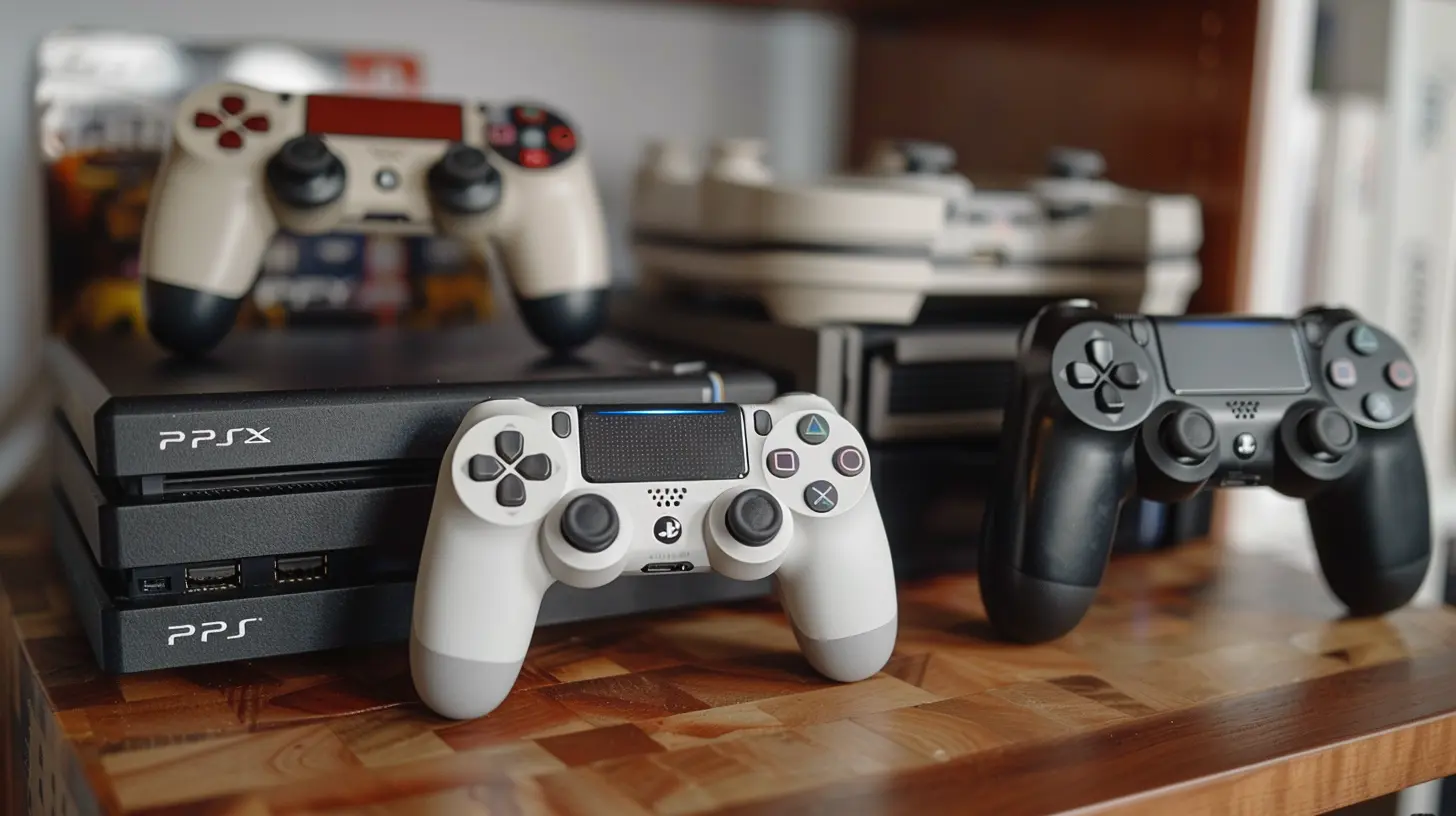
PlayStation 2: The Golden Era of Gaming
If the PS1 was the pioneer, the PlayStation 2 was the legend. Released in 2000, the PS2 took everything the PS1 did and cranked it up to eleven. It didn't just improve graphics—it shattered expectations. It was like upgrading from a flip phone to a smartphone overnight.The PS2 introduced smoother polygons, better lighting, and richer textures. Games had a cinematic quality that made them more immersive than ever. Titles like Shadow of the Colossus and Grand Theft Auto: San Andreas showcased open worlds that felt alive and dynamic. And let’s not forget about Final Fantasy X—those character models and cutscenes were straight-up mind-blowing at the time.
What made the PS2 era so special was how developers learned to use every ounce of power the console had. As the years went on, we saw games pushing the boundaries further and further. It’s no wonder the PS2 remains the best-selling console of all time.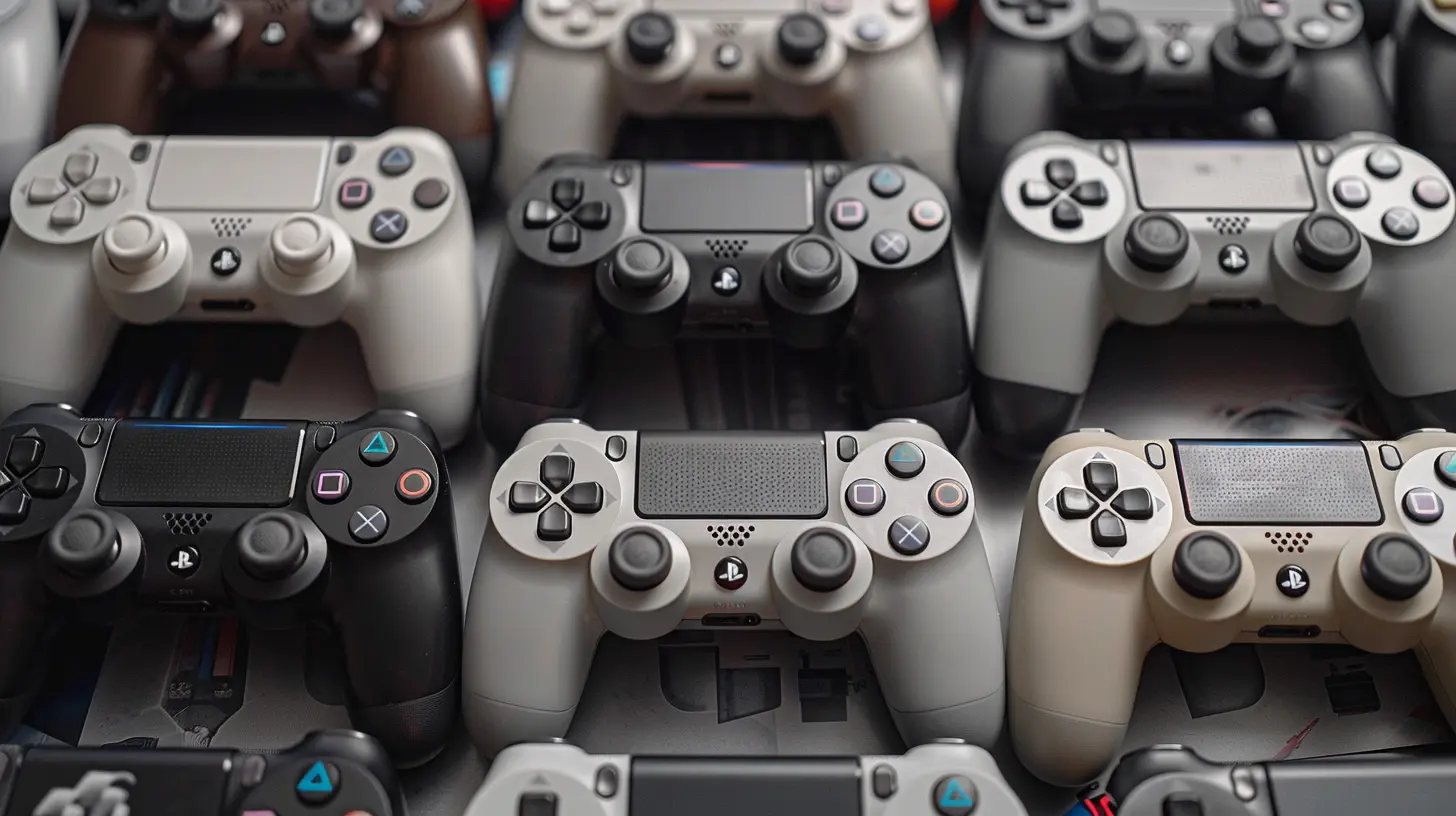
PlayStation 3: Entering the HD Era
When the PlayStation 3 landed in 2006, it was like gaming had entered puberty—everything got sharper, bolder, and way more dramatic. The biggest leap? High-definition graphics. Suddenly, games weren’t just games; they were works of art.With the jump to HD, the PS3 allowed for incredible detail in everything from character models to environmental design. Games like Uncharted 2: Among Thieves and The Last of Us looked so good that they became the gold standard for visual storytelling. You could see individual strands of hair, beads of sweat, and even the texture of fabric. It was like the difference between watching your favorite movie on VHS versus Blu-ray.
The PS3 also introduced advanced lighting effects, better physics, and realistic animations. Remember the first time you saw water ripple or grass sway in the wind in a PS3 game? It was mesmerizing.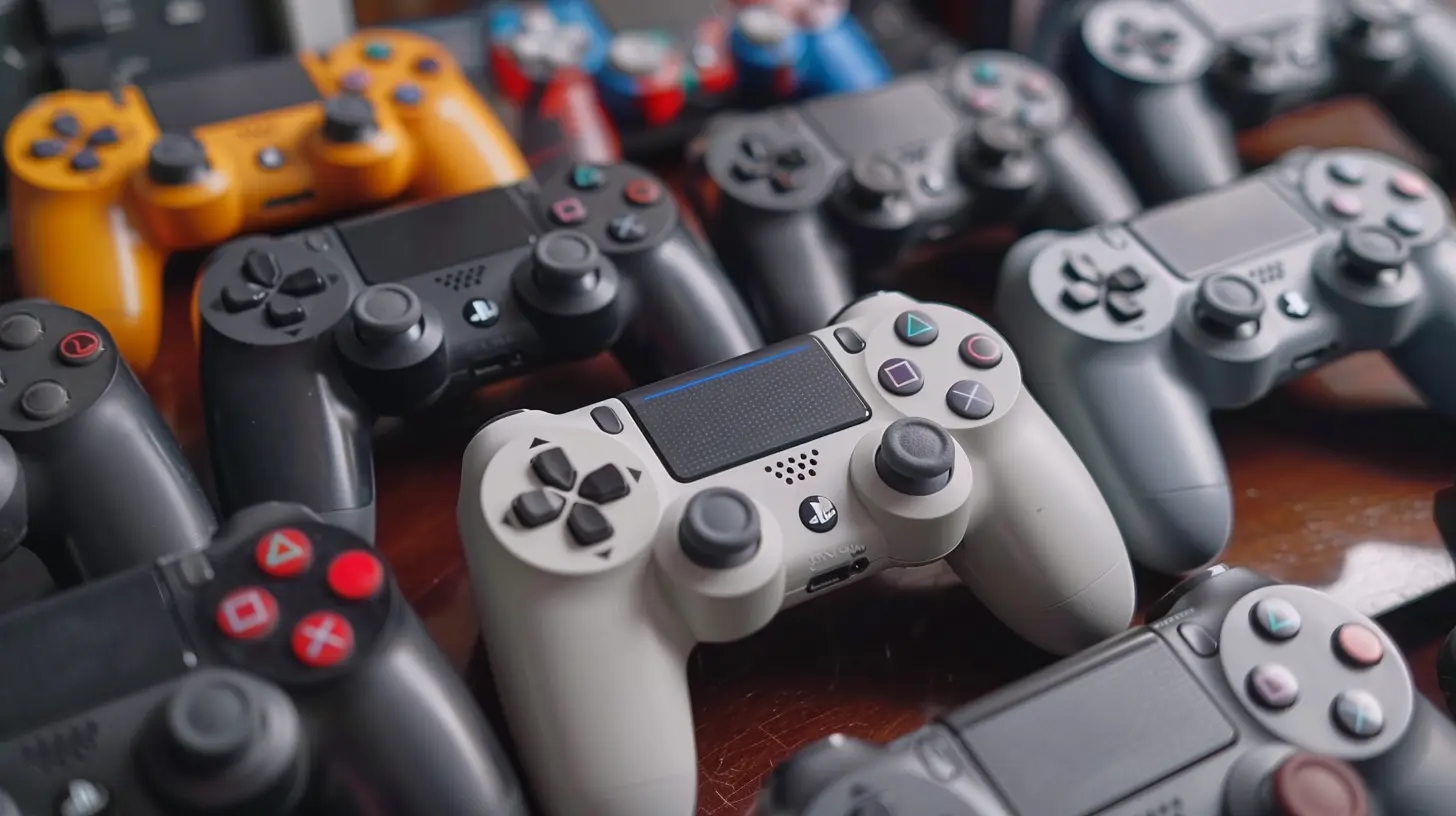
PlayStation 4: Realism Redefined
By the time the PlayStation 4 came out in 2013, gamers expected greatness. And boy, did the PS4 deliver. This generation was all about realism. Developers could now create graphics so detailed that they blurred the line between the virtual and the real.The jump to 1080p resolution (and later 4K with the PS4 Pro) meant that every pixel counted. Games like Horizon Zero Dawn and Red Dead Redemption 2 felt like paintings brought to life. The lighting, texture detail, and particle effects were on another level. Think about the way Aloy’s hair swayed in the wind or how sunlight filtered through the trees—it was jaw-dropping.
What really made the PS4 era special, though, was the push for more lifelike characters. Motion capture technology improved exponentially, meaning the in-game models moved, spoke, and emoted like real people. This made storytelling more compelling than ever before.
PlayStation 5: Welcome to the Future
And now we arrive at the PlayStation 5—the current pinnacle of console gaming. Released in 2020, the PS5 brought with it a promise: games that looked, felt, and played like never before. And if you’ve spent any time with titles like Demon’s Souls (the remake) or Ratchet & Clank: Rift Apart, you know it’s already delivered.The biggest game-changer? Ray tracing. This tech simulates how light behaves in real life, leading to insanely realistic reflections, shadows, and lighting. You can literally see the future of gaming in shiny car hoods and puddles on the ground. The PS5 also supports incredibly high resolutions (up to 8K), HDR for brighter and more vibrant colors, and faster load times thanks to its supercharged SSD.
But it’s not just about the visuals. The PS5’s ability to render massive, highly detailed worlds at lightning speed has set a new bar for immersion. Imagine a game where every blade of grass, every cloud in the sky, and every NPC is rendered with precision—all while running buttery smooth at 60fps. That’s the PS5 in a nutshell.
The Secret Sauce: PlayStation’s Dedication to Innovation
What sets PlayStation apart isn’t just raw power—it’s the way Sony consistently pushes developers to rethink what’s possible. Every console generation wasn’t just an upgrade; it was a reimagining of how games could look, feel, and play.Sony understood early on that graphics aren’t just about aesthetics. They’re about storytelling, immersion, and creating experiences that stay with you long after you’ve put the controller down. The leap in graphics from the PS1 to the PS5 isn’t just a technical achievement; it’s a testament to what happens when passion meets innovation.
Looking Ahead: The Future of PlayStation Graphics
It’s almost scary to think about what’s next. Will we see graphics so realistic that they become indistinguishable from real life? Maybe we’ll enter fully-fledged virtual reality worlds that look as vivid as the one outside our window. Whatever the case, one thing’s for sure—Sony isn’t stopping anytime soon.As we look forward to the PlayStation 6 and beyond, it’s exciting to imagine how far we’ve come and how far we’ll go. Who knows? Maybe one day, we’ll be reminiscing about the PS5 the same way we talk about the PS1 now. Nostalgia hits hard, doesn’t it?
Conclusion: More Than Just Graphics
While this journey has been about the evolution of PlayStation’s graphics, let’s not forget that visuals are just one piece of the puzzle. What’s made PlayStation special over the years is the blend of graphics, gameplay, and storytelling. It’s about creating worlds we can lose ourselves in and characters we’ll never forget.So, the next time you boot up your PlayStation, whether it’s the OG PS1 or the cutting-edge PS5, take a moment to appreciate how far we’ve come. Because at the heart of it all, PlayStation’s evolution isn’t just about pixels—it’s about pushing the boundaries of imagination.
all images in this post were generated using AI tools
Category:
PlaystationAuthor:

Greyson McVeigh
Discussion
rate this article
6 comments
Elora Sharpe
Great insights on PlayStation's graphic evolution!
February 19, 2025 at 5:02 AM

Greyson McVeigh
Thank you! I'm glad you enjoyed the insights!
Amos Becker
From pixelated blobs to lifelike hair physics, the evolution of PlayStation graphics is like watching a toddler grow into a fashion model! Who knew our favorite console would go from 'What is that?' to 'I can see every pore!' in just a few decades?
February 13, 2025 at 5:10 PM

Greyson McVeigh
Absolutely! It’s incredible how far PlayStation graphics have come, transforming from simple pixels to stunning realism. The journey truly highlights the advancement in technology and creative artistry in gaming!
Camden Clark
Fascinating read! It's amazing to see how PlayStation graphics have transformed over the years. I wonder what revolutionary advancements await us in the future!
February 12, 2025 at 4:17 AM

Greyson McVeigh
Thank you! I'm excited to see how technology will continue to shape our gaming experiences in the future!
Scarlett McInnes
Impressive growth, but still evolving!
February 10, 2025 at 3:25 AM

Greyson McVeigh
Thank you! The journey continues, and we’re excited to see where it goes next!
Solara McGonagle
As we explore the evolution of PlayStation graphics, it's fascinating to witness how artistry and technology converge, deepening our immersion and enhancing storytelling in the gaming experience. Truly remarkable!
February 8, 2025 at 5:36 AM

Greyson McVeigh
Thank you! It's incredible to see how advancements in technology have transformed not just graphics, but the entire narrative experience in gaming.
Tamsin McDougal
This article brilliantly highlights how graphics evolution reflects broader technological and artistic advancements in gaming.
February 4, 2025 at 5:49 PM

Greyson McVeigh
Thank you! I'm glad you found the article insightful. The interplay between graphics and technology truly shapes the gaming experience!
MORE POSTS

Environmental Storytelling: Worlds that Speak Without Words

Exploring the Unknown: Mystery Games That Challenge the Mind

How to Build a Strong Game Development Portfolio to Land a Job
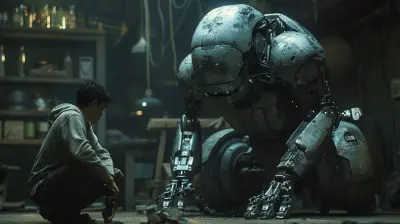
The Role of Realistic AI in Enhancing Game Worlds

From Board Games to Digital Platforms: The Evolution of Social Gaming